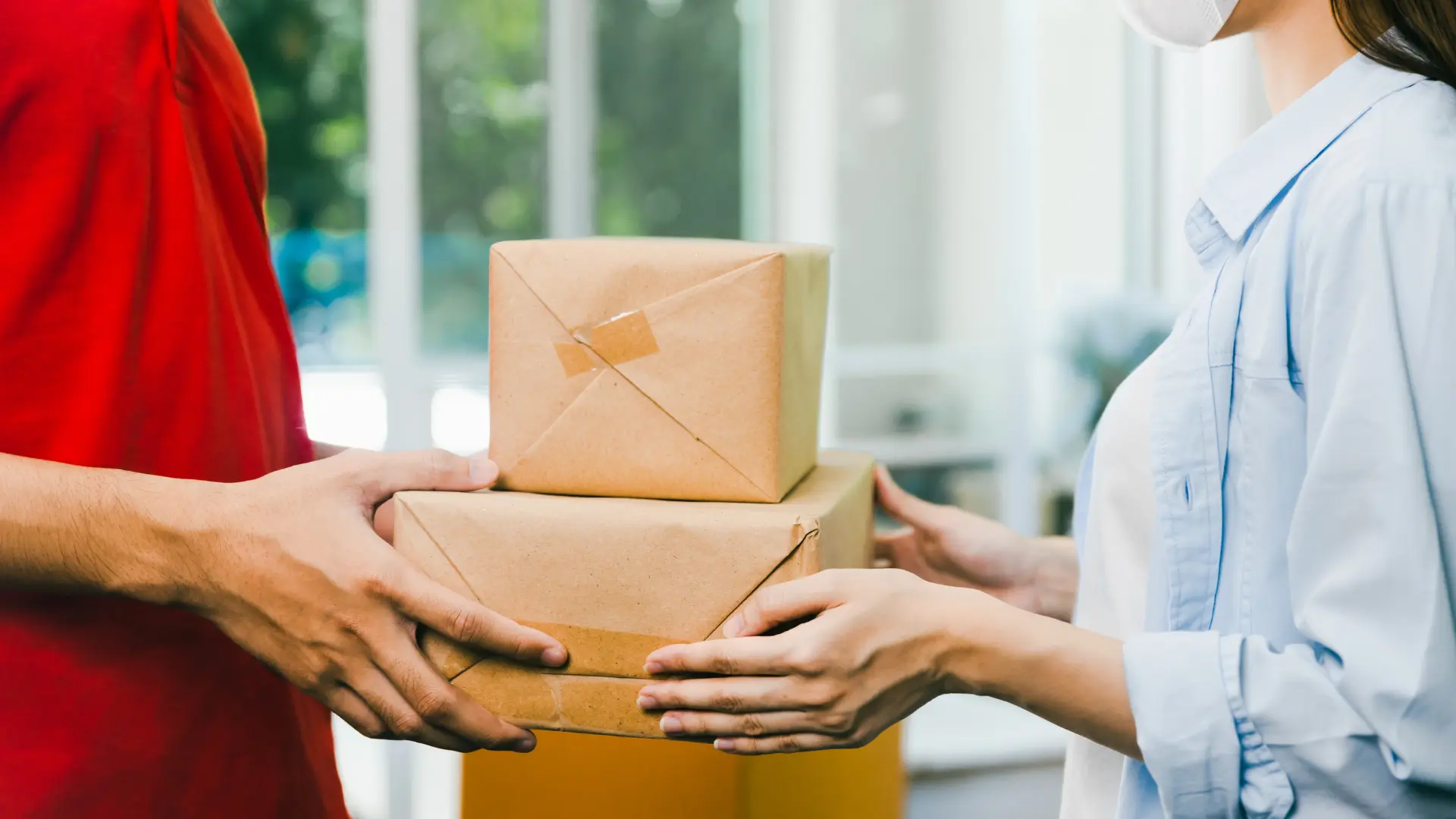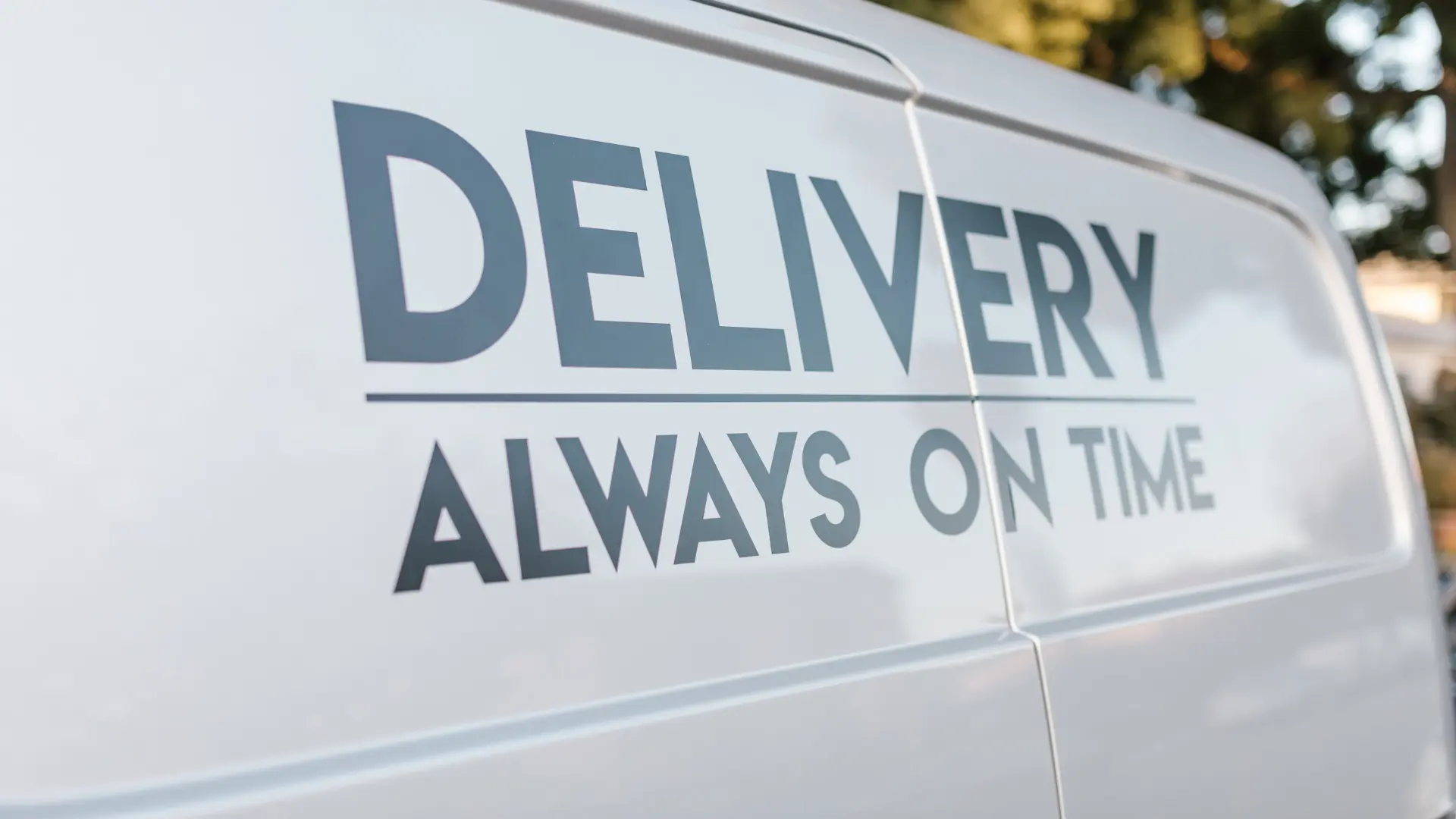
It started with beauty samples and mystery geek crates. Today, you can subscribe to socks, snacks, coffee beans, dog toys, houseplants—even fresh underwear. The subscription box trend has exploded into a multi‑billion‑dollar direct‑to‑consumer boom. What makes a monthly package of curated goodies so irresistible, and how did nearly every product category—from grooming kits to gourmet jerky—become “subscribe and deliver”? Here’s a deep dive into the forces driving this monthly‑delivery economy, who wins, who loses, and what’s next.
Traditional e‑commerce solved convenience; subscription boxes solve curated discovery. Instead of scrolling endless pages, consumers outsource the hunt to a brand promising surprise, personalization, and expert picks. Birchbox pioneered the model in 2010 with five deluxe beauty samples for $10, turning sampling costs into revenue and sparking copycats across fashion, food, and fitness.
A subscription box taps into the same dopamine loop as streaming a cliff‑hanger series. The unboxing moment delivers novelty, instant gratification, and social‑media shareability. Psychologists call it “intermittent reinforcement”—the brain lights up when it can’t predict the exact reward. That thrill keeps cancellation rates lower than one‑off shopping.
Each shipment generates a trove of first‑party data: style preferences, dietary restrictions, size, color, scent likes, unboxing feedback. With every box, algorithms sharpen recommendations, making the service feel hyper‑personal. Brands use quiz results and post‑shipment reviews to create micro‑segments (“minimalist coffee nerd,” “bold‑print sock lover”) and tighten inventory planning.
Investors love Monthly Recurring Revenue (MRR). Predictable cash flow allows better inventory forecasting and lowers financing costs. Plus, pre‑paid subscriptions flip the e‑commerce cost structure—companies collect cash up front, then fulfill. The model also shortens payback on customer‑acquisition costs: once a subscriber hits month four or five, the margin usually covers the initial Facebook or TikTok ad spend.
However, churn is the Achilles’ heel; brands must continually refresh themes, add loyalty perks, or tier pricing to keep boxes feeling “worth it.”
Lockdowns supercharged meal kits, wine clubs, craft cocktail boxes, STEM‑toy crates, and health‑and‑wellness subscriptions as consumers looked for at‑home experiences. The market ballooned past an estimated $28 billion globally by 2024. Now, saturation looms: dozens of look‑alike snack boxes compete on discounts, and meal‑kit giants face commodification. Consolidation and niche specialization—think bookish candles or Japanese stationery boxes—are the new frontier.

From sock‑of‑the‑month clubs to artisan chocolate crates, the subscription box empire thrives on surprise, convenience, and algorithmic intimacy. For brands, it’s recurring gold; for consumers, it’s a monthly hit of dopamine wrapped in branded tissue paper. As competition intensifies, the winners will be the services that nail personalization, deliver genuine value, and align with eco‑conscious expectations. Until then, the doorstep will remain the most exciting shelf in retail—one box at a time.
A subscription box is a recurring, curated package—usually shipped monthly—that delivers products such as snacks, socks, cosmetics, or pet toys directly to a customer’s door for a flat fee.
They combine convenience, surprise, and personalization. Subscribers enjoy curated “discovery commerce,” dopamine-boosting unboxing moments, and time saved versus browsing traditional online stores.
High-repeat consumables (coffee, vitamins, razors), passion niches (K-pop merch, tabletop games), and fashion basics (socks, underwear) thrive because they encourage regular replenishment or community loyalty.
They can be if the curated value exceeds retail cost and you consistently use the items. Evaluate per-item pricing, shipping fees, and flexibility to skip or cancel before committing long term.
Most services offer a customer-dashboard option to skip a shipment, pause for a month, or cancel outright. Always check the brand’s cancellation window—some require action before the next billing cycle.
Packaging waste and carbon emissions are concerns. Eco-minded services now use recyclable materials, minimal filler, and carbon-offset shipping, while some launch “circular” refill systems to reduce environmental impact.














From breaking news to thought-provoking opinion pieces, our newsletter keeps you informed and engaged with what matters most. Subscribe today and join our community of readers staying ahead of the curve.
From breaking news to thought-provoking opinion pieces, our newsletter keeps you informed & engaged.